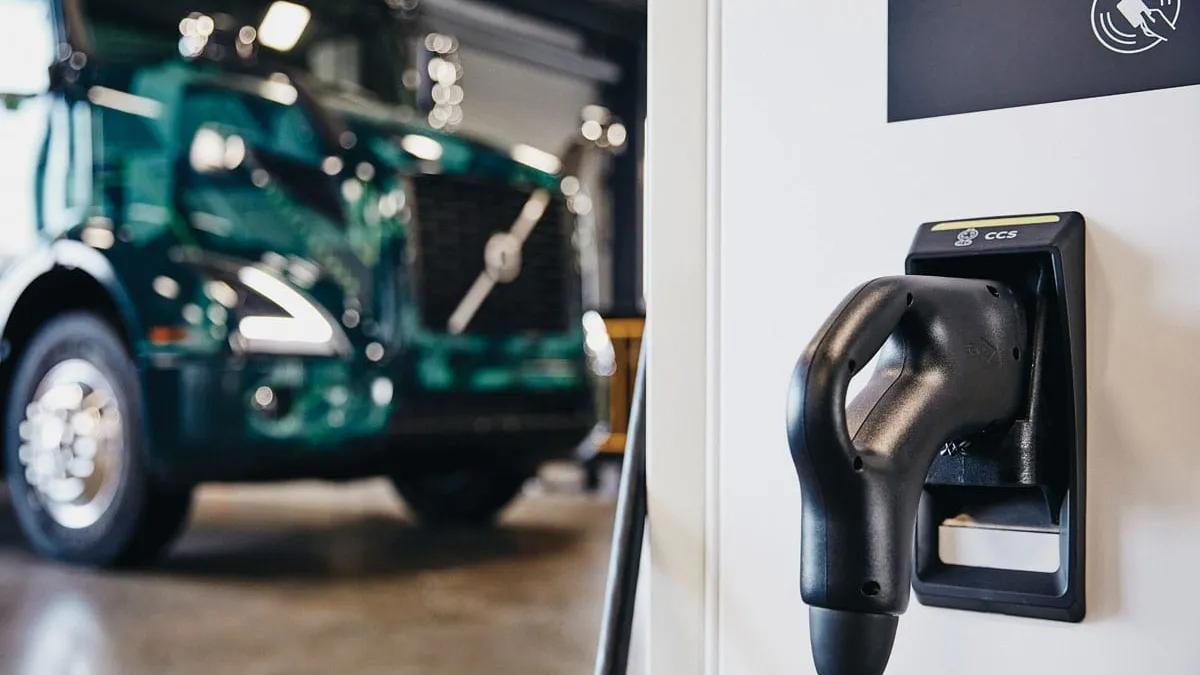Dive Brief:
- The U.S. has deployed 1,215 zero-emissions vehicles Class 2b through Class 8 as of December, but that could increase more than 10 times within 10 years, according to a study Calstart released on Wednesday.
- There are about 140,000 pending orders for zero-emission trucks, which are expected to be delivered between one to 10 years, the study found.
- Demand is creating more choice, too. Models of zero-emission trucks have grown 625% since 2019, Calstart found, potentially a sign of faith in the growing market despite relatively low adoption among heavier commercial vehicles.
Dive Insight:
The report appears to be optimistic about the future of zero-emission trucks, but it also notes the transition may not be evenly represented nationwide.
Of current deployments as of December 2021, more than half of the trucks — 738 — are in California, where state and local officials are aggressively asking the industry to begin the transition.
Another 113 deployments are in New York, and 70 are in Texas. Twenty-four states, usually ones far less populated than the Golden State and the Empire State, have no zero-emission truck deployments, even in lighter classes. These include Kentucky, Alabama and Nevada.
California's role as a launching pad for zero-emission trucks is not surprising. It wants fleets to cut emissions, with mandates for green-truck sales and operations, such as California Air Resources Board's Clean Truck Act. The state has also made grants for battery-electric owners and hydrogen fueling stations. And New York — the nation's fourth-largest state in population — added a rule at the end of 2021, with the aim of shifting to zero-emission heavy-duty trucks.
Battery-electric trucks have shorter range than fuel-cell-electric vehicles, so short runs are seen as strong business case for deployment. And though California is the third-biggest state in square miles, it's ideal for those.
The San Pedro Bay ports handle 40% of imported goods that flow into the United States, and shorter port trips — from drayage to nearby warehouses — are considred strong candidates for electric trucks. Models for the ports and intermodal are frequently touted at the annual Advanced Clean Transportation Expo, held in Long Beach.
Overall, the national transition appears to be happening first in lighter trucks. Of the deployments, almost half — 598 — are medium duty. Heavy-duty trucks number 47, while yard tractors have 237 and medium-duty step vans have 203.
But big fleets understand there is a public appetite for a Class 8 transition. In September, Schneider announced its plans to add 50 Freightliner eCascadias to intermodal operations in Southern California. The trucks are part of the carrier's sustainability plan, which puts a focus on intermodal.
Another factor potentially driving more orders are cheaper battery costs. "As sales and production of commercial zero-emission vehicles increase and manufacturers are able to provide battery producers with higher levels of demand and certainty, battery-pack prices are expected to decline," and bring total cost of ownership closer to diesel-fueled trucks, the report said.














